Collaboration is changing the world
Posted by Janice Scheckter on 04 February 2016, 08:20 CAT
FROM PECHA KUCHA JOHANNESBURG
27 JANUARY 2016 - the slides and the transcript
1. Collaboration is the new black and it’s changing the world, often in the most unexpected ways. Thanks to Pecha Kucha Johannesburg for being curious enough around the topic. The image was taken in Tahrir Square in Cairo at the height of the Arab Spring in 2011. People silenced for many years gathered in their thousands.

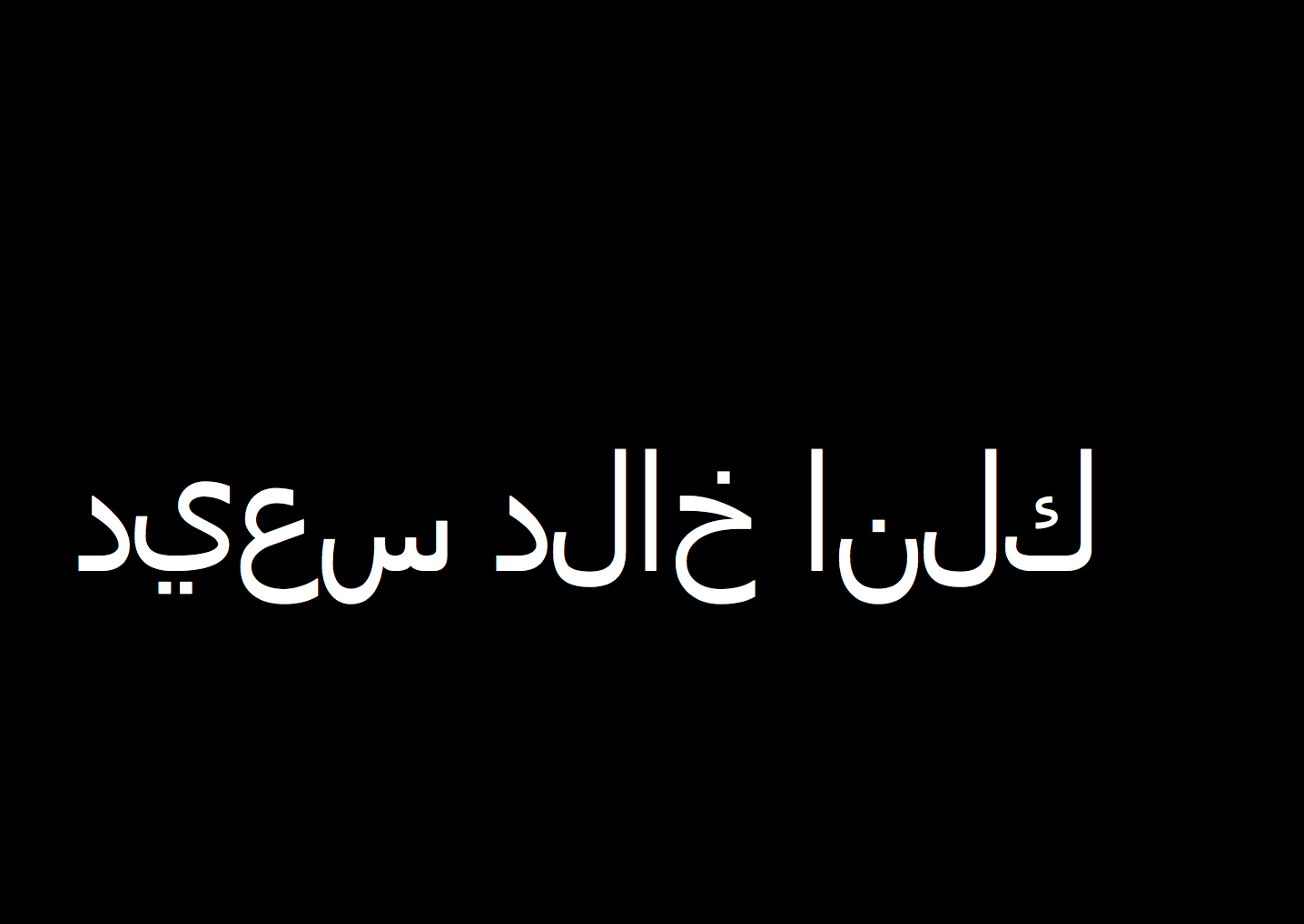
2. Kullen Kalid Said. We are all Kalid Said. The beaten up face of a 29-year-old Egyptian man killed by police was shared on Facebook. Some have called this the Facebook revolution but in truth very few Egyptians had Internet access. Those who did – collaborated on how to mobilise a nation. I call it the collaborative revolution.
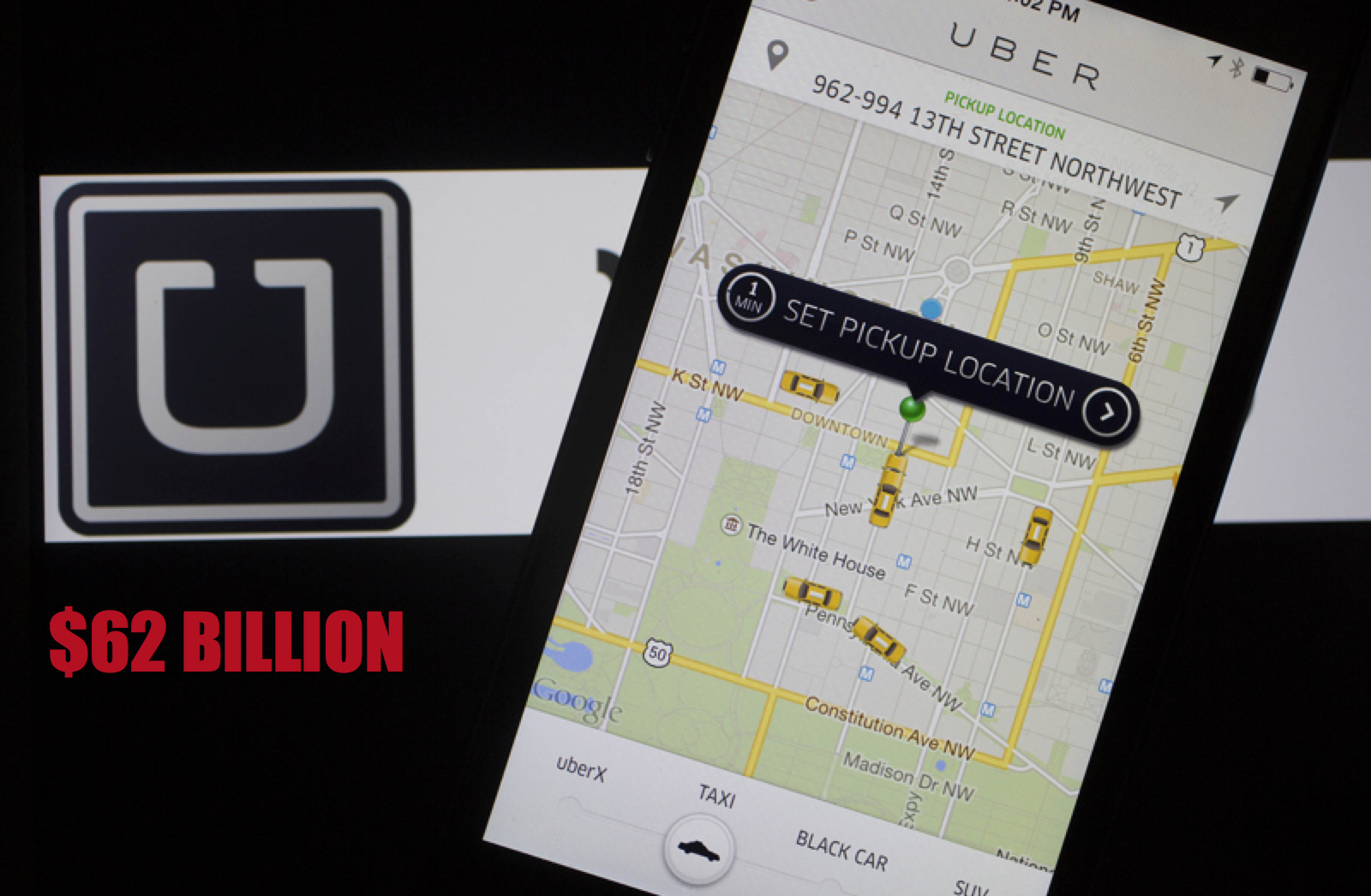
3. UBER is the world’s most highly valued start up at $62 billion dollars. It’s an incredible collaborative business - a taxi service that doesn’t own a car, but one that’s managed to create income for over 170 000 people in the US.
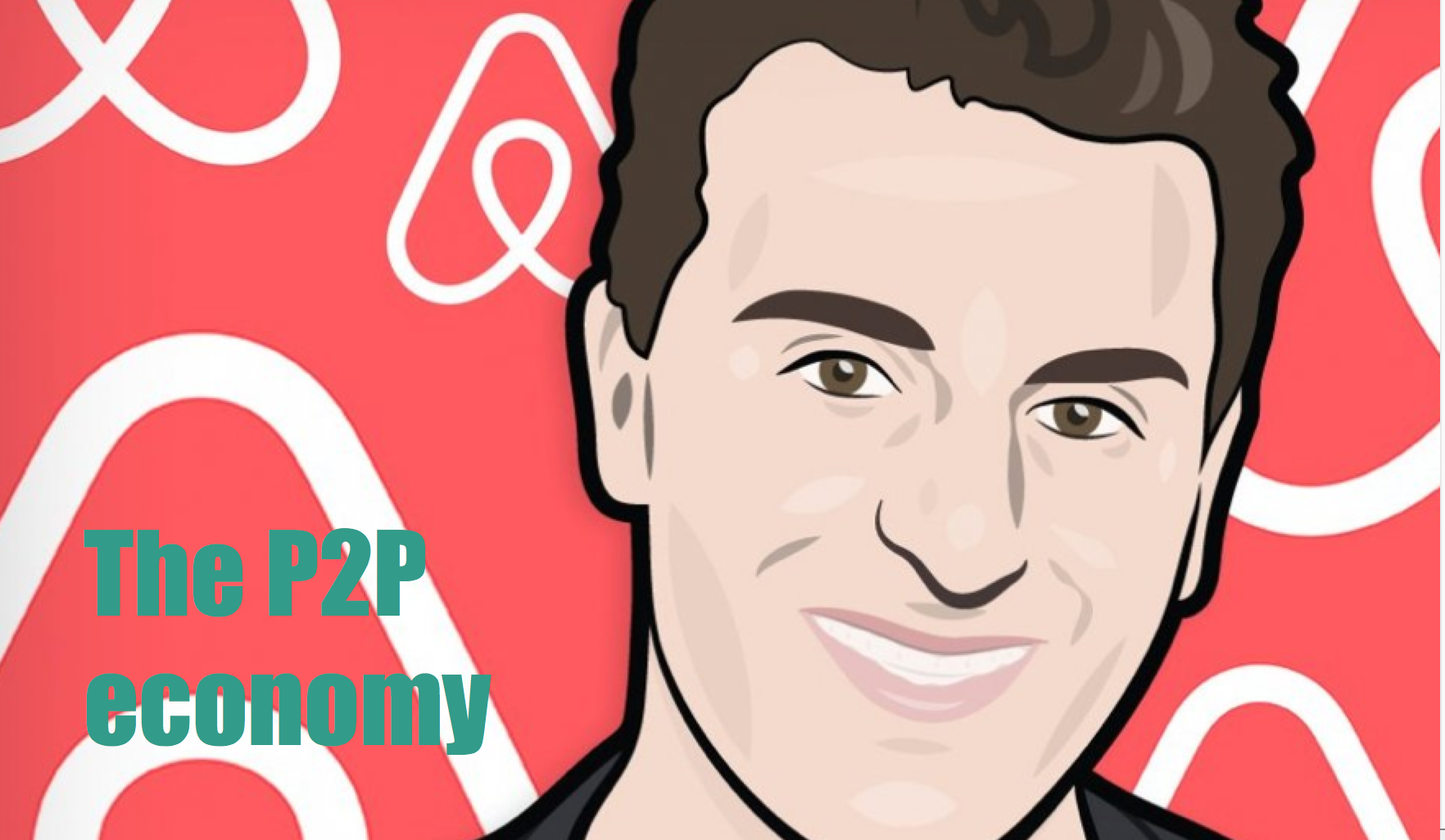
4. AirBNB is the third highest valued start up. Again it’s a business offering accommodation but doesn’t own any of the rooms. It’s valued at more than the Hyatt group with over 60 000 000 guests having stays in over 34 000 cities around the world.
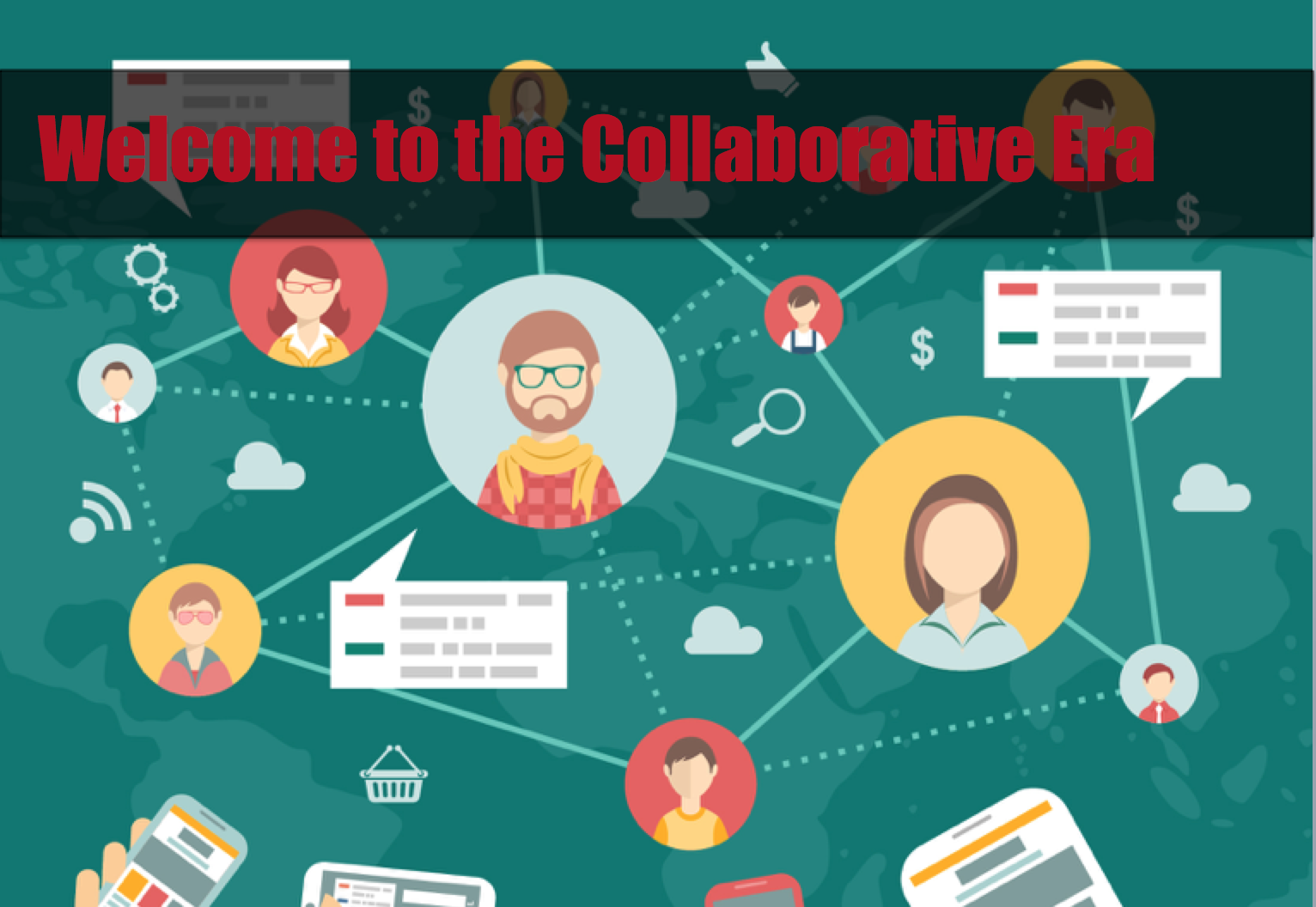
5. We’ve moved on from the industrial revolution where value lay in the institution, to the information age where value lay in data. Welcome to the collaborative economy where value lies in the single unit of the connected human. Institutions and data don’t change the world – we do! (image by www.freepik.com)
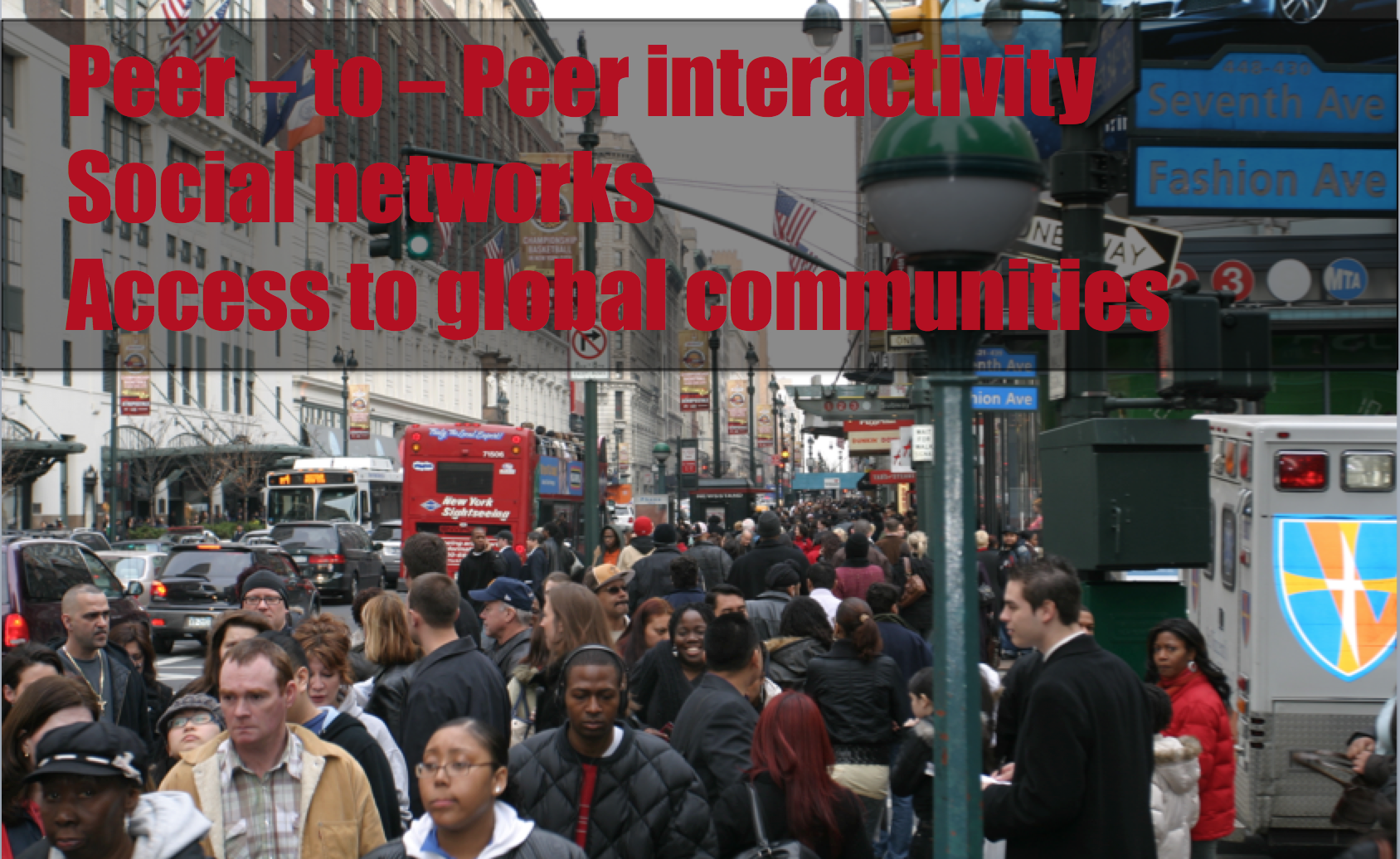
6. New businesses are starting every day, using people and tech networks to connect to the talent, and finance that they may lack - without the restriction of national boundaries and physical constraints like office space. In this collaborative economy access to resources is far more valued that ownership.
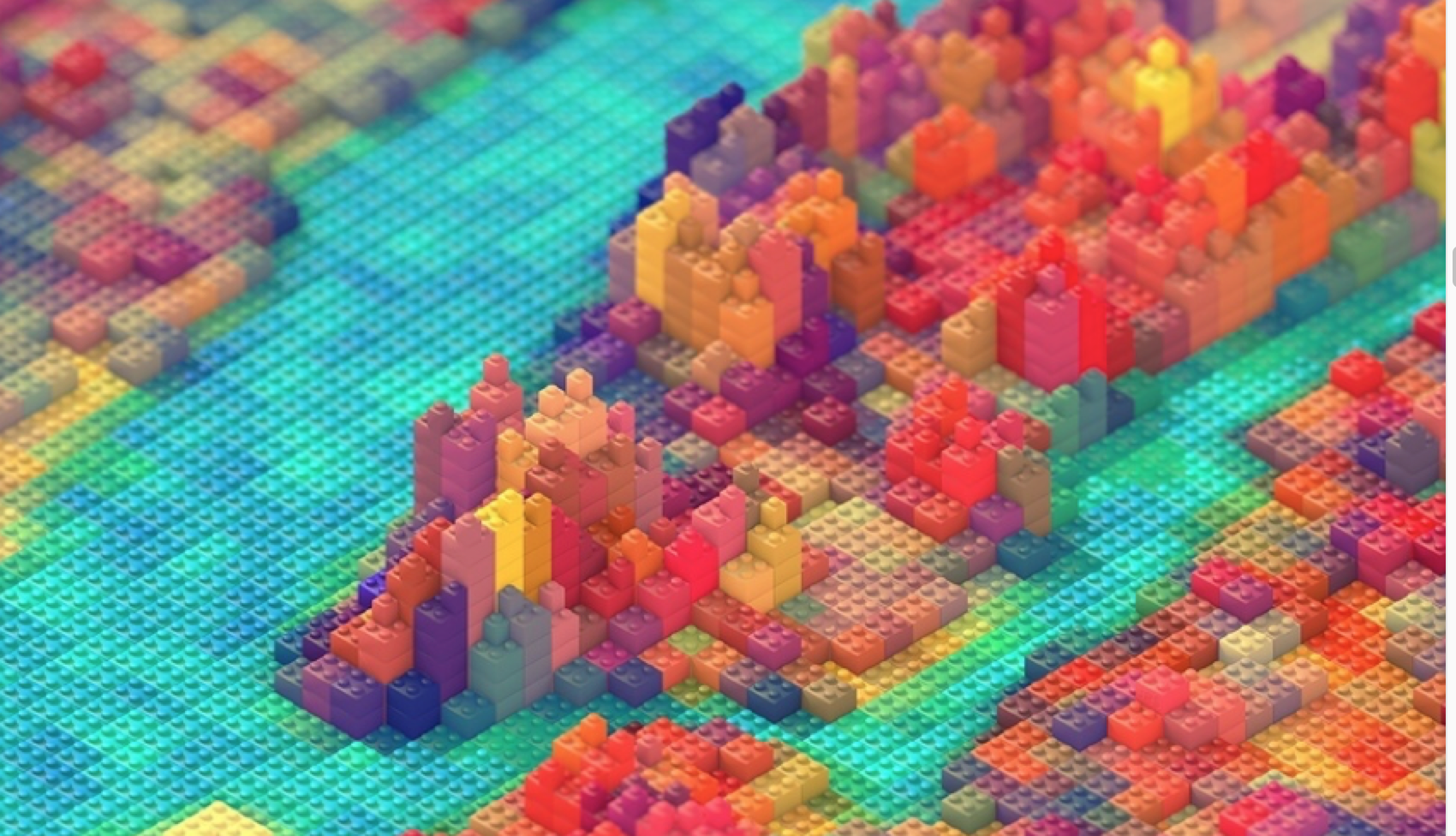 7. So who can we learn collaborative stuff from? How about Lego? In the 90s Lego users hacked into the Lego Mindstorm platform to share creations. Lego had 2 choices – better firewalls or collaboration. Today they understand the concept of super fans and collaborate regularly with the world of design and architecture.
7. So who can we learn collaborative stuff from? How about Lego? In the 90s Lego users hacked into the Lego Mindstorm platform to share creations. Lego had 2 choices – better firewalls or collaboration. Today they understand the concept of super fans and collaborate regularly with the world of design and architecture.
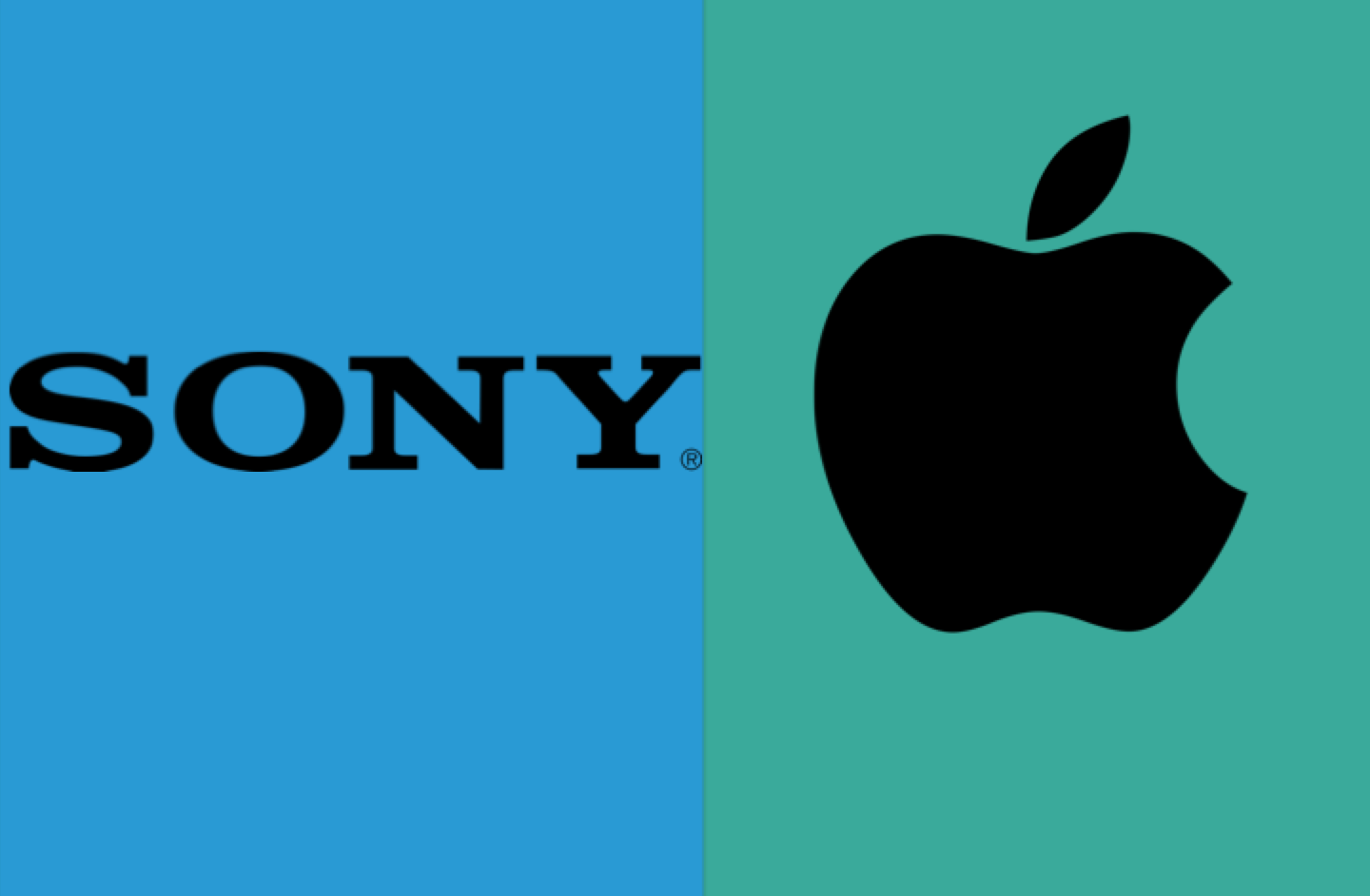 8. The Sony vs. Apple story is more known if you’re my age. I remember the Sony Walkman, a mobile music player that had a 12-year head start on Apple. Apple’s cross-functional collaboration teams ensured that this iconic brand became the pre-eminent mobile music product. So we’ve talked about revolutions, start ups, established brands, revolutions, but what about Joe Public and the collaborative era?
8. The Sony vs. Apple story is more known if you’re my age. I remember the Sony Walkman, a mobile music player that had a 12-year head start on Apple. Apple’s cross-functional collaboration teams ensured that this iconic brand became the pre-eminent mobile music product. So we’ve talked about revolutions, start ups, established brands, revolutions, but what about Joe Public and the collaborative era?
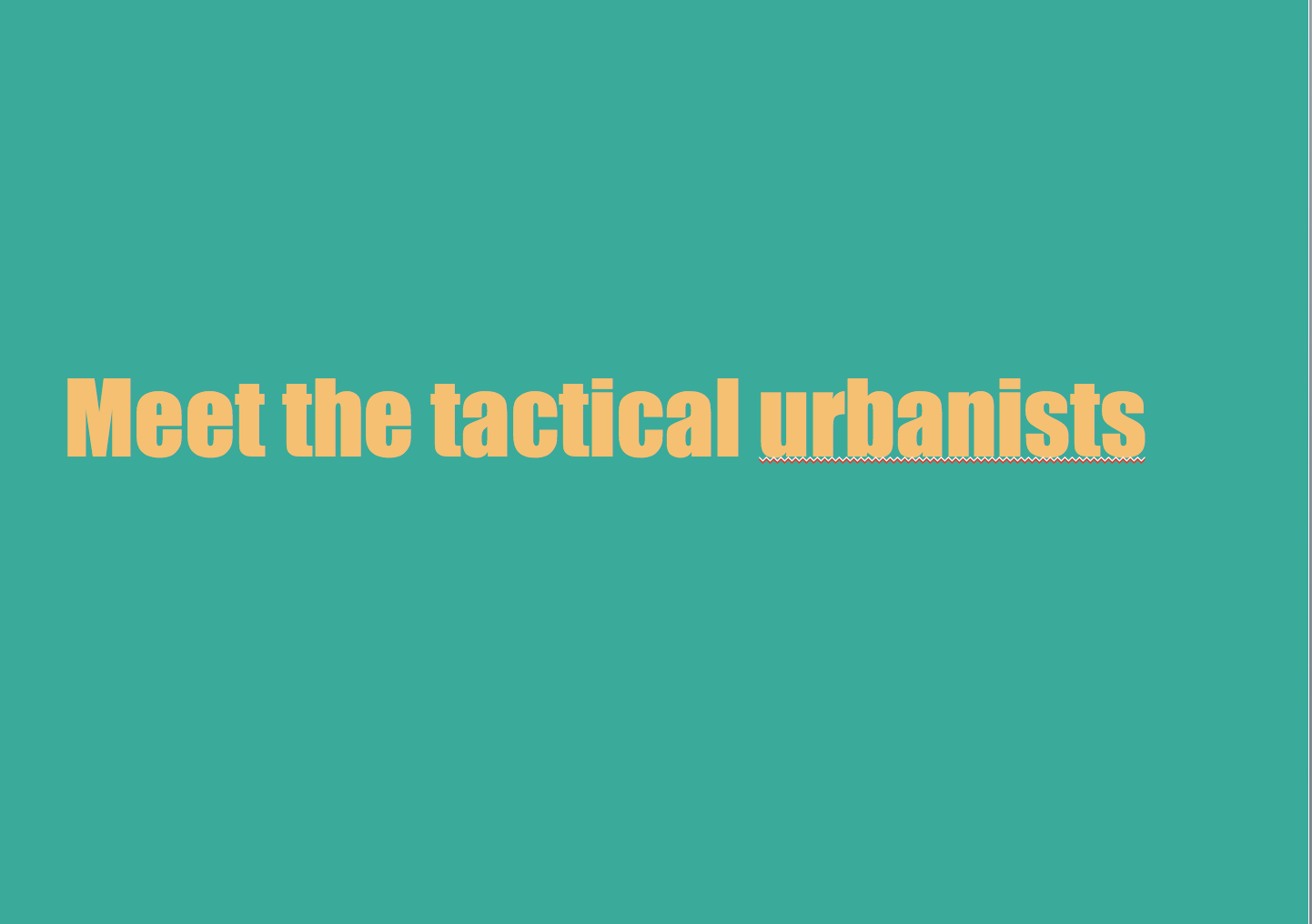 9. Here’s the thing. I really want to be a tactical urbanist but I need some other tactical urbanists to collaborate with. I love Joburg but there is so much stuff that distresses me about this amazing city. Pedestrians walking the road because of inadequate sidewalks, litter, poor recycling and a city running out of landfill space and deteriorating public spaces. So if we think collaboratively – what can we do?
9. Here’s the thing. I really want to be a tactical urbanist but I need some other tactical urbanists to collaborate with. I love Joburg but there is so much stuff that distresses me about this amazing city. Pedestrians walking the road because of inadequate sidewalks, litter, poor recycling and a city running out of landfill space and deteriorating public spaces. So if we think collaboratively – what can we do?
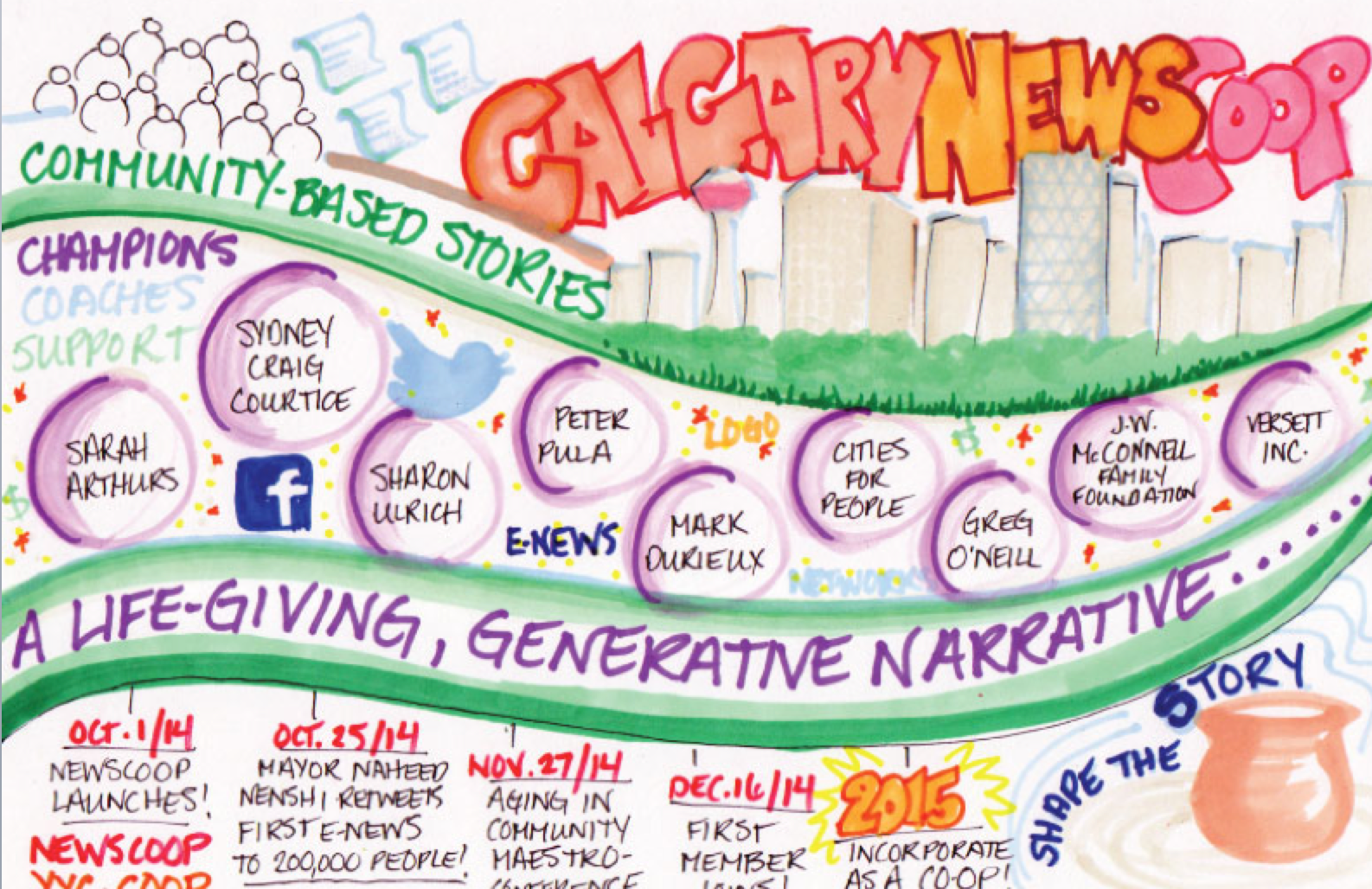 10. Calgary News in Canada is created around the concept of generative journalism – rich connected conversations within communities and ecosystems. More importantly it’s highlighting life-giving and generative grass roots change. There are so many people doing really good things but just imagine if 10, 100, 1000 or 1 000 0000 tactical urbanists believed in Joburg’s real potential.
10. Calgary News in Canada is created around the concept of generative journalism – rich connected conversations within communities and ecosystems. More importantly it’s highlighting life-giving and generative grass roots change. There are so many people doing really good things but just imagine if 10, 100, 1000 or 1 000 0000 tactical urbanists believed in Joburg’s real potential.
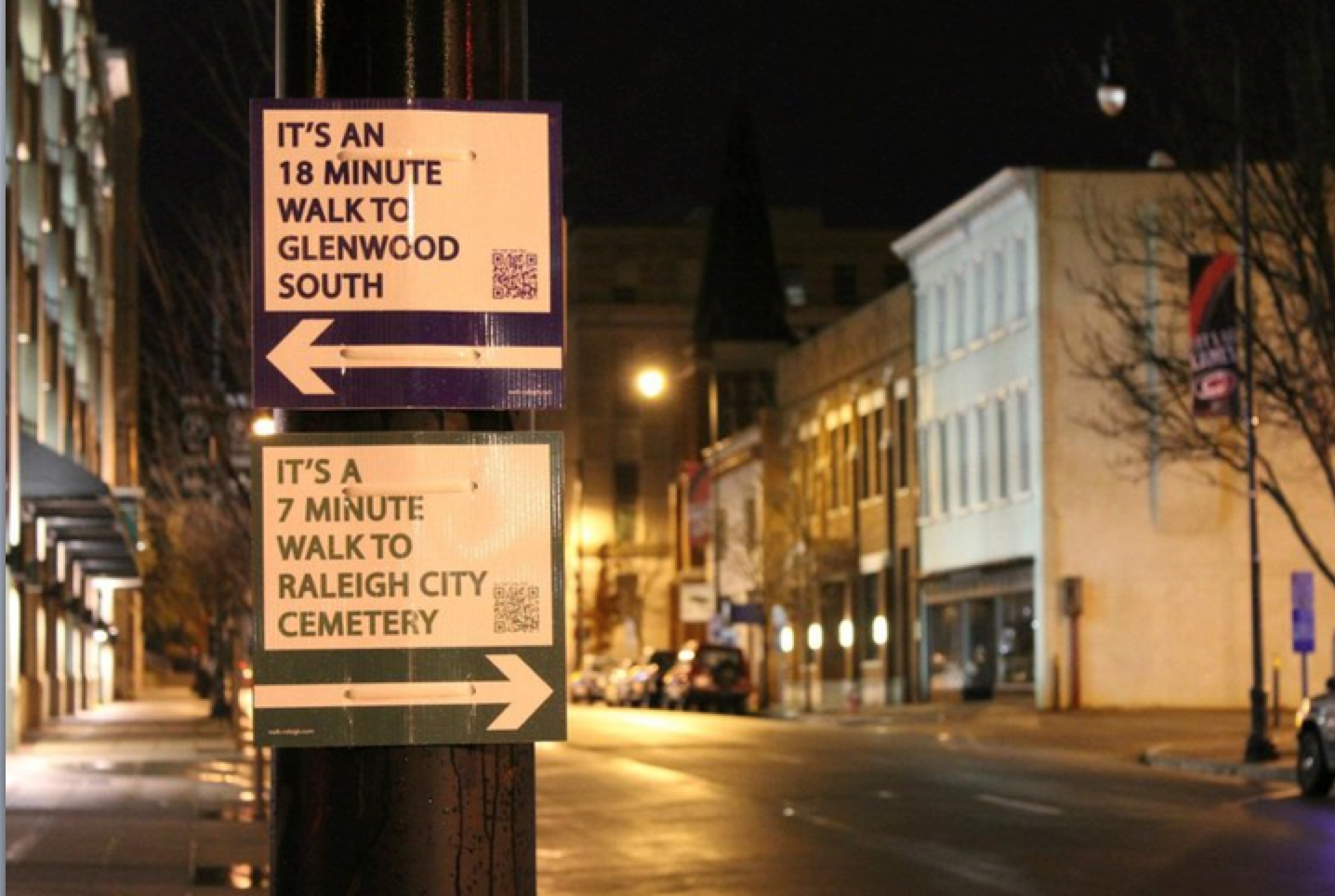 11. The tactical urbanist who put up these signs in Raleigh, South Carolina, named his project Guerilla Wayfinding. Some may call this vandalism, but he really just wanted to promote walking in Raleigh.
11. The tactical urbanist who put up these signs in Raleigh, South Carolina, named his project Guerilla Wayfinding. Some may call this vandalism, but he really just wanted to promote walking in Raleigh.
 12. Mexico City has over 21 million people live in the city – the most populous in the Western Hemisphere. Public spaces are critical. The MIT media centre created a programme around Libertad de los Pueblos also known as Ho Chi Minh Plaza. Public engagement on issues and solutions was critical to the programme and smart use of digital and non-digital solutions allowed the MIT team to create open public dashboards. BTW – trash and activities for children were the top citizen concerns.
12. Mexico City has over 21 million people live in the city – the most populous in the Western Hemisphere. Public spaces are critical. The MIT media centre created a programme around Libertad de los Pueblos also known as Ho Chi Minh Plaza. Public engagement on issues and solutions was critical to the programme and smart use of digital and non-digital solutions allowed the MIT team to create open public dashboards. BTW – trash and activities for children were the top citizen concerns.
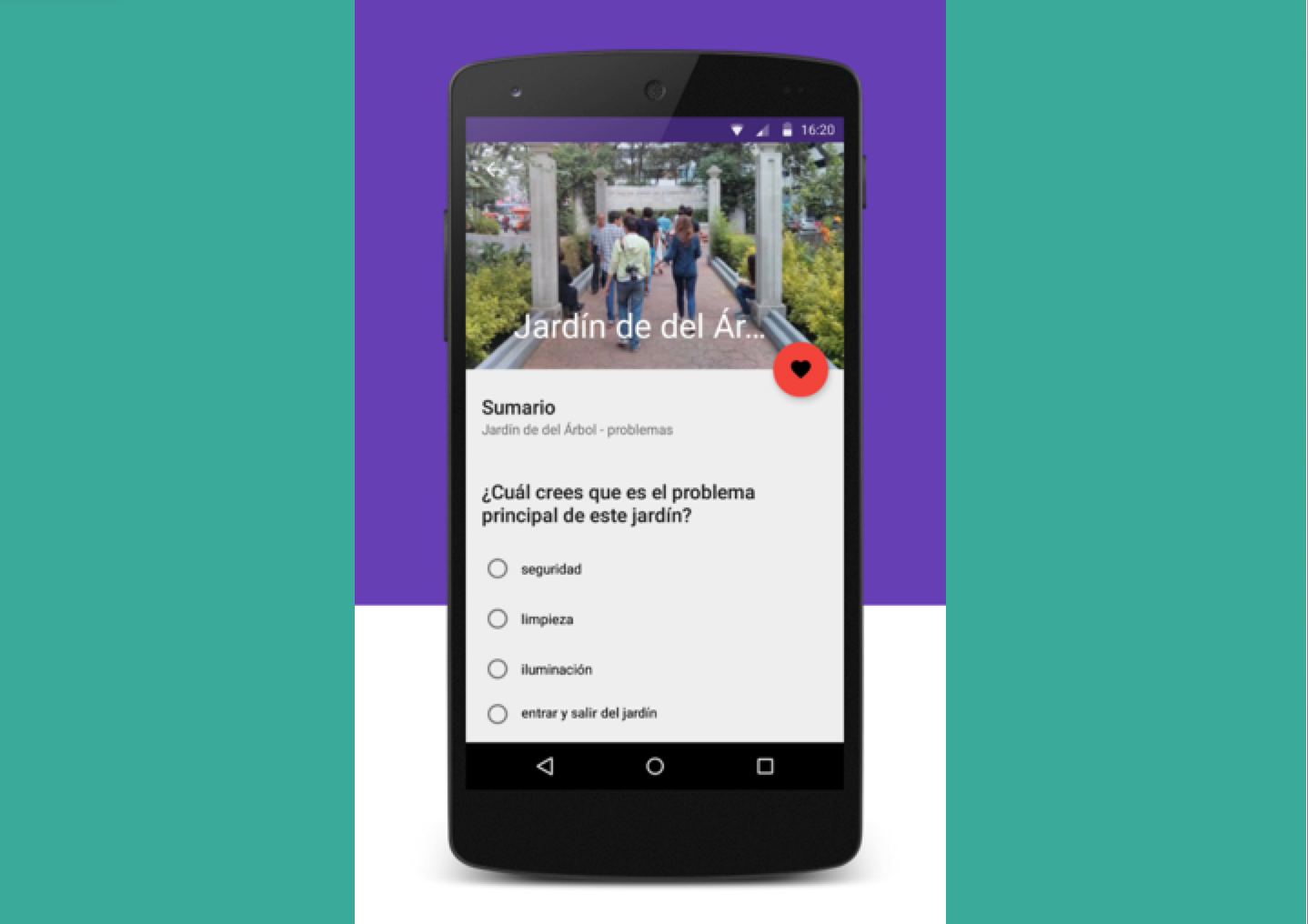 13. The project centered on the most important premise – every citizen is an expert. So here's what I want to ask you - when last did you collaborate on a Joburg City project?
13. The project centered on the most important premise – every citizen is an expert. So here's what I want to ask you - when last did you collaborate on a Joburg City project?
 14. Parklet Movie night shows movies about cities and urban challenges and solutions. Citizens can argue, debate and discuss. It’s even been a place of breakthrough solutions – by tactical urbanists.
14. Parklet Movie night shows movies about cities and urban challenges and solutions. Citizens can argue, debate and discuss. It’s even been a place of breakthrough solutions – by tactical urbanists.
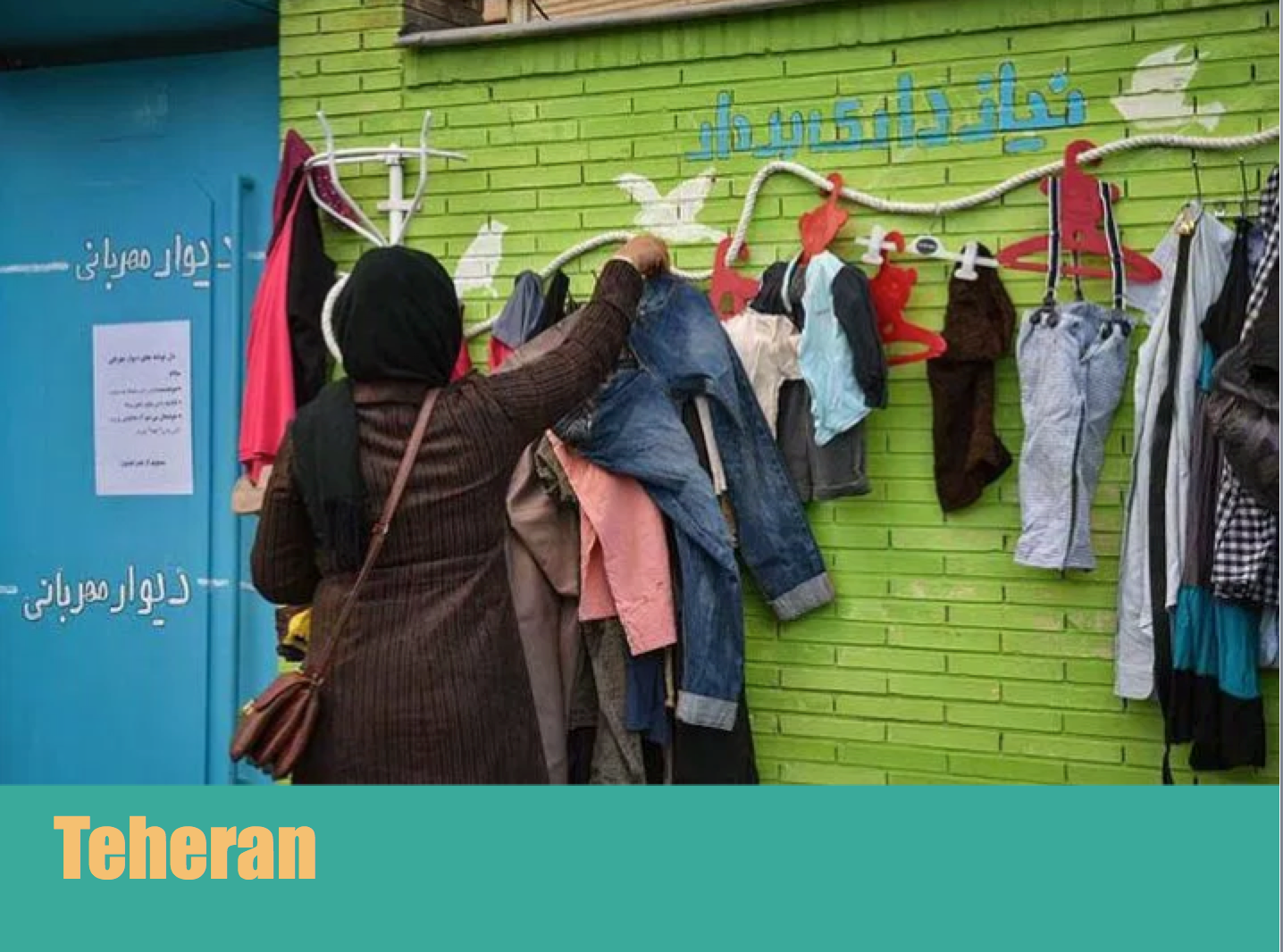 15. In the city of Mashhad, in Northeast Iran, citizens collaboratively developed a “wall of kindness.” It was colourfully painted, with a few hooks and hangers installed. Above this wall, a slogan reads: “If you don’t need it, leave it. If you need it, take it.” Soon after the first wall was built, people began to leave coats, shoes and other warm clothing. The idea spread rapidly on social media, and soon on other city walls. Similar kindness walls popped up in other Iranian cities, such as: Isfahan, Kerman, Tabriz, Bandar Abbas, Shiraz and Teheran.
15. In the city of Mashhad, in Northeast Iran, citizens collaboratively developed a “wall of kindness.” It was colourfully painted, with a few hooks and hangers installed. Above this wall, a slogan reads: “If you don’t need it, leave it. If you need it, take it.” Soon after the first wall was built, people began to leave coats, shoes and other warm clothing. The idea spread rapidly on social media, and soon on other city walls. Similar kindness walls popped up in other Iranian cities, such as: Isfahan, Kerman, Tabriz, Bandar Abbas, Shiraz and Teheran.
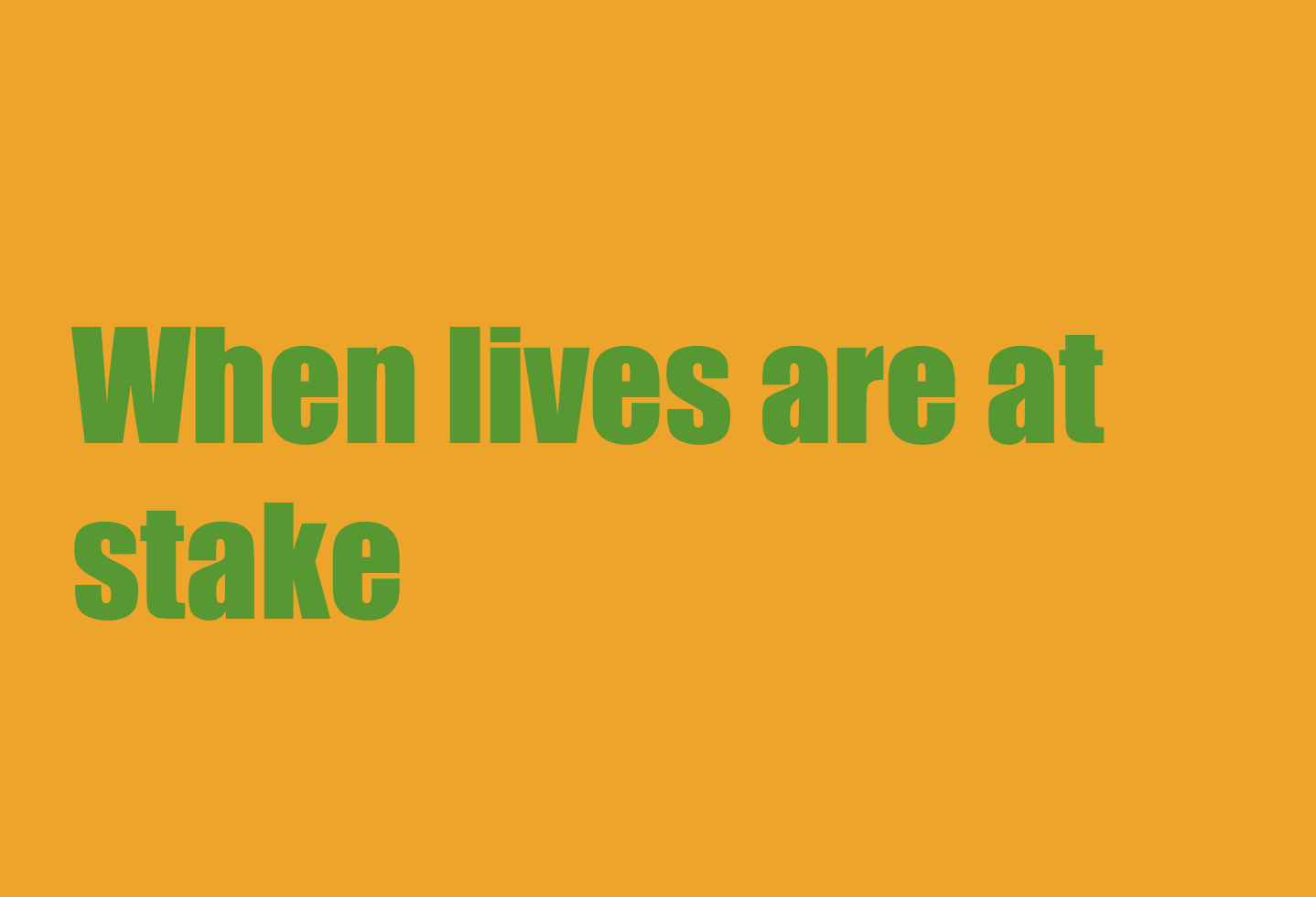 16. I love the idea of random acts of kindness but quite frankly, I love the idea more where citizens collaborative to fix broken cities. But what about broken countries?
16. I love the idea of random acts of kindness but quite frankly, I love the idea more where citizens collaborative to fix broken cities. But what about broken countries?
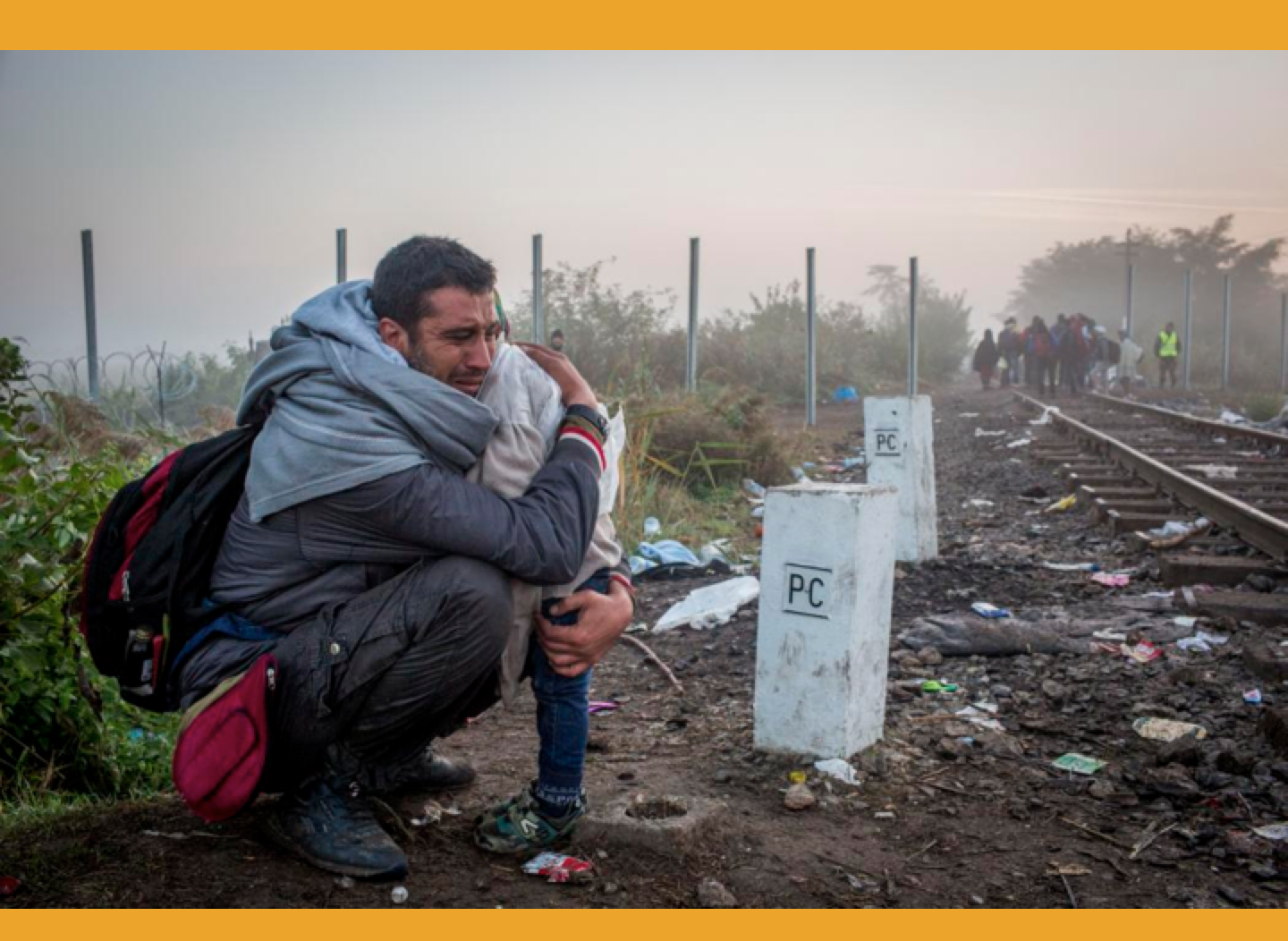 17. Why are European leaders not able to collaborate at a faster pace, while children wash onto their shores? Europe (with the exception of Greece), the US, Britain and Australia have the means to absorb many more refugees from areas like Syria. Some countries in Europe have declining birthrates and workforces and have the opportunity to absorb, from Syria particularly, mostly educated people. We need to think about how we want our history to be written.
17. Why are European leaders not able to collaborate at a faster pace, while children wash onto their shores? Europe (with the exception of Greece), the US, Britain and Australia have the means to absorb many more refugees from areas like Syria. Some countries in Europe have declining birthrates and workforces and have the opportunity to absorb, from Syria particularly, mostly educated people. We need to think about how we want our history to be written.
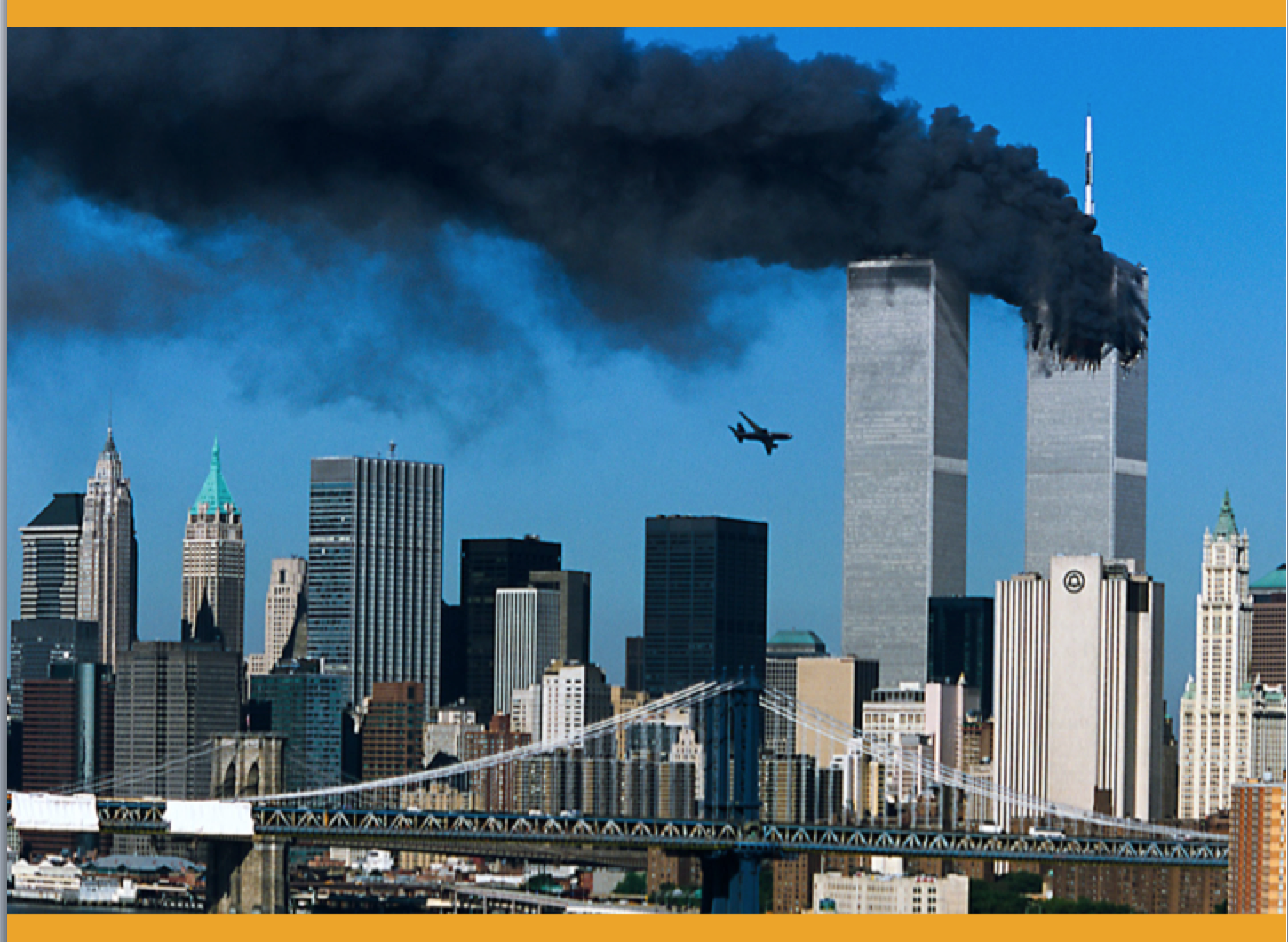 18. In 2001 the various US security agencies had sufficient knowledge to possibly prevent the tragedy of 9/11. The problem was that the information was not shared among the different agencies. What prevented them from sharing? Ego? Politics?
18. In 2001 the various US security agencies had sufficient knowledge to possibly prevent the tragedy of 9/11. The problem was that the information was not shared among the different agencies. What prevented them from sharing? Ego? Politics?
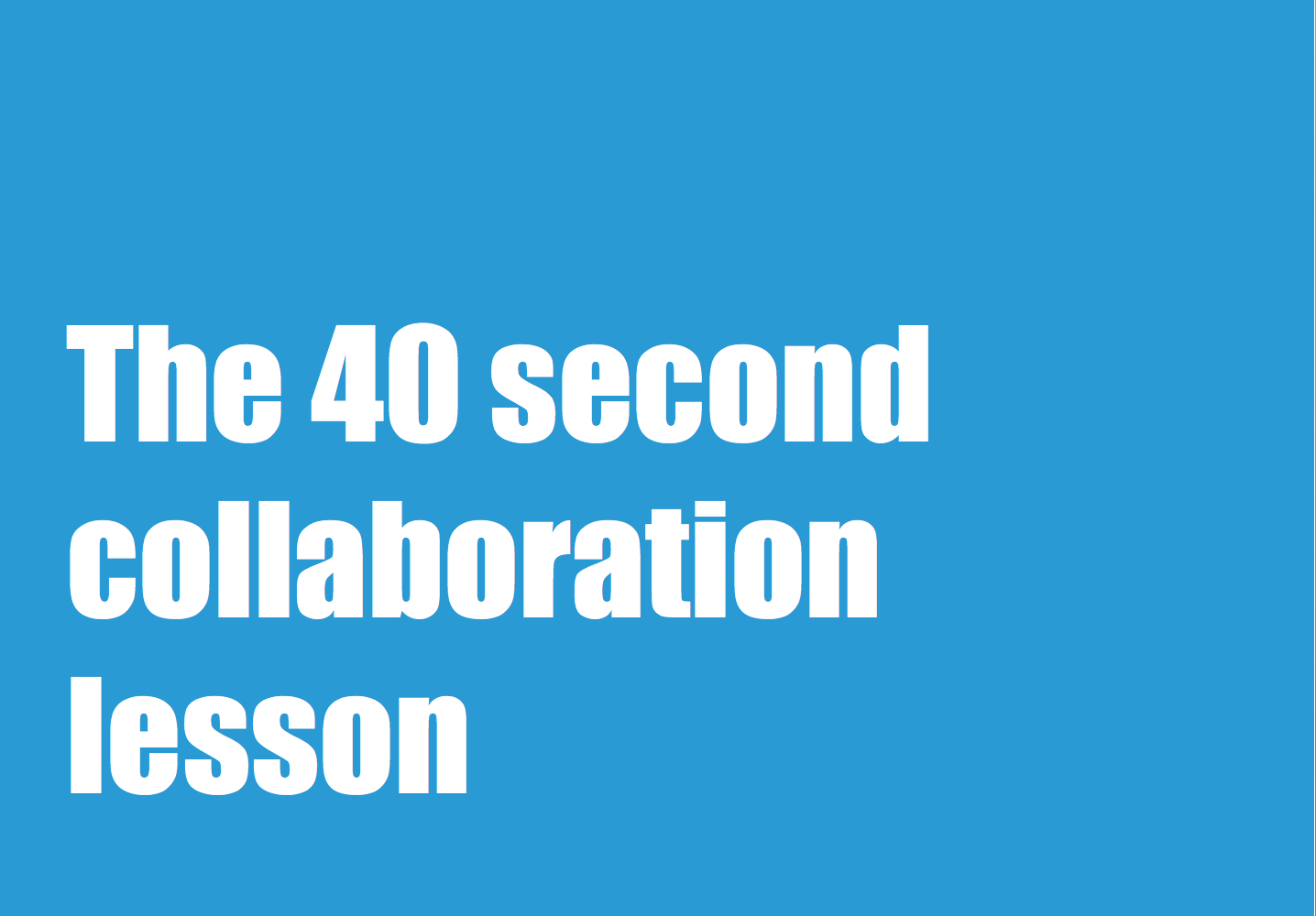 19. The collaborative era is changing the world and we see great disruption all the time. At the core of the collaborative era is TRUST. Very smart people are openly sharing ideas all the time because they believe that in this collaborative economy 1+1 will always equal more than 2.
19. The collaborative era is changing the world and we see great disruption all the time. At the core of the collaborative era is TRUST. Very smart people are openly sharing ideas all the time because they believe that in this collaborative economy 1+1 will always equal more than 2.
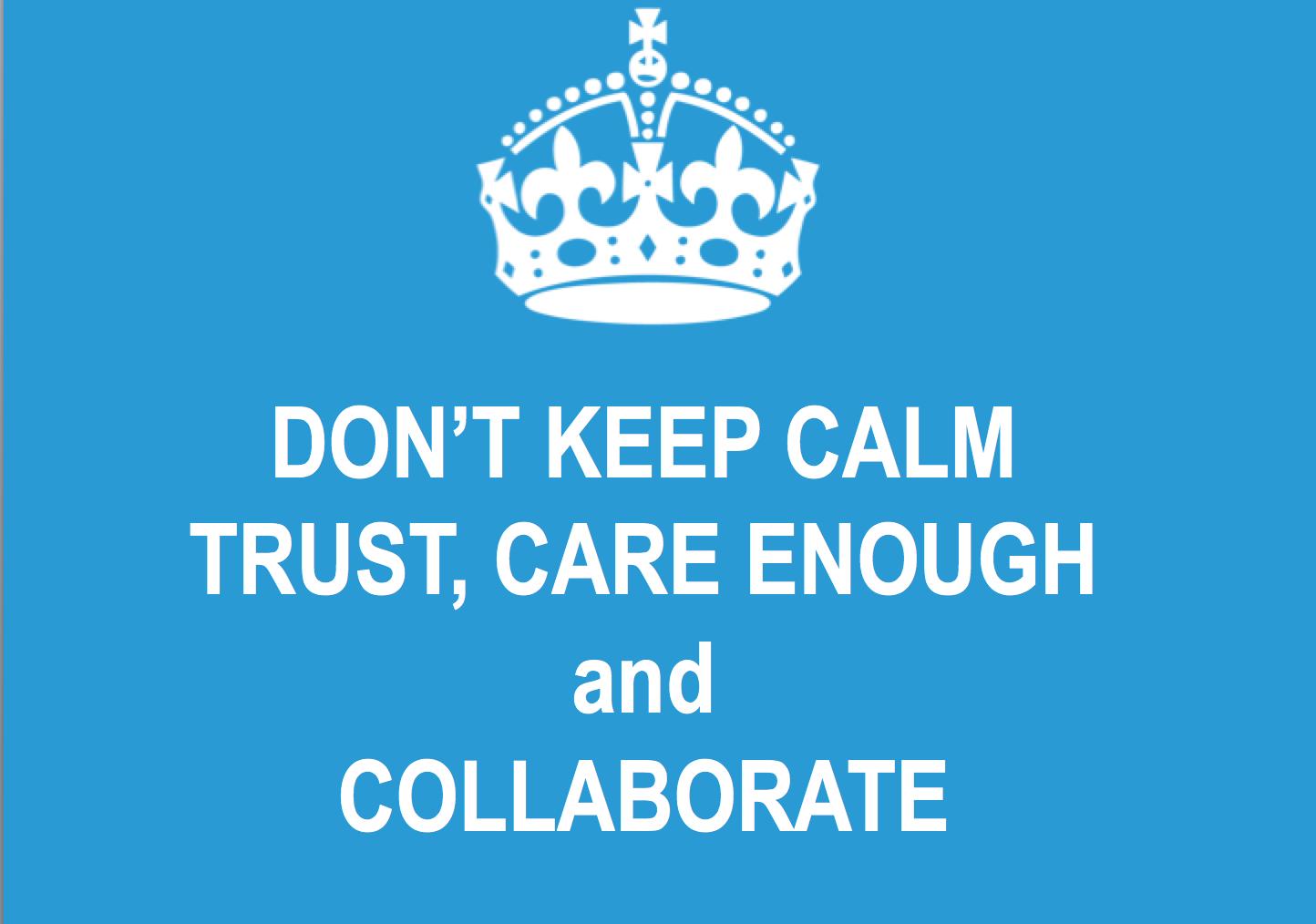 20. We all have the ability to be change-makers – so get out there, find people who share your passion and collaborate.
20. We all have the ability to be change-makers – so get out there, find people who share your passion and collaborate.
Janice Scheckter is a collaboration activist who believes that citizens can fix broken cities. She is also MD of Indigo New Media.